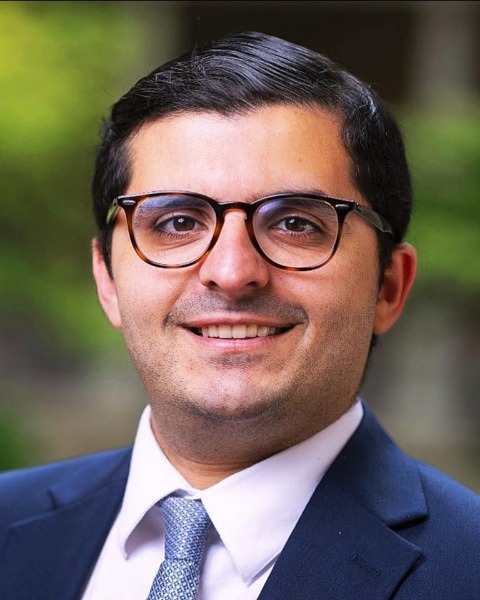Socioeconomic
The Impact of Racial and Socioeconomic Disparities on Outcomes of Spinal Chordomas – A Nationwide Analysis
Friday, February 21, 2025
7:00 AM - 2:00 AM EST

Abdul Ghaith, MD, PhD
Post-Doctoral Neurosurgery Research Fellow
Johns Hopkins University
Baltimore, MD, US
Presenting Author(s)
Introduction: Chordomas are rare malignant neoplasms originating from the notochord, posing significant morbidity and mortality due to their resistance to treatment. Surgical resection is the primary treatment; and disparities in neurosurgical care, particularly related to race and socioeconomic status, may affect patient outcomes. This study utilizes the National Cancer Database to identify prognostic factors for access to care and survival in chordoma patients, providing insight into the improvement of healthcare equity.
Methods: The NCDB database was queried between the years 2004 and 2017, to identify chordomas in the vertebral column, pelvis, sacrum and coccyx. The cohort was divided based on race, comparing baseline demographic, preoperative characteristics, and postoperative outcomes. Kaplan-Meier curves were constructed, and log rank tests were used to compare survival probabilities among different groups, based on race and socioeconomic categories.
Results: 1769 patients with spinal chordoma were identified, with a mean age of 61.3 and a male predominance. Most patients received care at academic/research centers, with no difference between races, and most lived in a large metropolitan area. A significantly higher percentage of Black and Hispanic patients did not undergo surgery. There was no statistically significant difference in survival between races (p=0.97). A higher survival probability was seen in patients with other government insurances (p < 0.0001), in higher income quartiles (p < 0.0001), in metropolitan areas (p=0.023), and at an academic/research center (p < 0.0001). A lower survival probability was seen in patients who are uninsured, in rural areas, and at community cancer programs (p < 0.0001).
Conclusion : The study highlights disparities in surgical intervention for patients with spinal chordomas, notably among Black and Hispanic individuals. It emphasizes the significant impact of insurance status and income on access to surgical care and highlights geographical and institutional variations in survival rates. Addressing socioeconomic differences is crucial for fostering equity in neurosurgical outcomes.
Methods: The NCDB database was queried between the years 2004 and 2017, to identify chordomas in the vertebral column, pelvis, sacrum and coccyx. The cohort was divided based on race, comparing baseline demographic, preoperative characteristics, and postoperative outcomes. Kaplan-Meier curves were constructed, and log rank tests were used to compare survival probabilities among different groups, based on race and socioeconomic categories.
Results: 1769 patients with spinal chordoma were identified, with a mean age of 61.3 and a male predominance. Most patients received care at academic/research centers, with no difference between races, and most lived in a large metropolitan area. A significantly higher percentage of Black and Hispanic patients did not undergo surgery. There was no statistically significant difference in survival between races (p=0.97). A higher survival probability was seen in patients with other government insurances (p < 0.0001), in higher income quartiles (p < 0.0001), in metropolitan areas (p=0.023), and at an academic/research center (p < 0.0001). A lower survival probability was seen in patients who are uninsured, in rural areas, and at community cancer programs (p < 0.0001).
Conclusion : The study highlights disparities in surgical intervention for patients with spinal chordomas, notably among Black and Hispanic individuals. It emphasizes the significant impact of insurance status and income on access to surgical care and highlights geographical and institutional variations in survival rates. Addressing socioeconomic differences is crucial for fostering equity in neurosurgical outcomes.

.jpg)